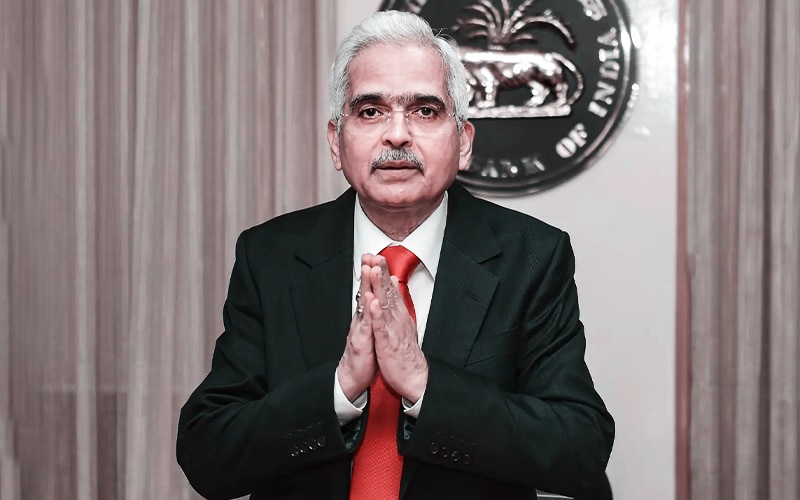Reserve Bank of India (RBI) governor Shaktikanta Das expresses his distaste towards crypto once again as he says that the next financial crisis will come from private cryptocurrencies.
While speaking at the BFSI Insight Summit 2022, Shaktikanta Das stated that private cryptocurrencies have no “underline” value and pose risks for macroeconomic and financial stability.
Governor Das emphasized the need to ban cryptocurrencies, saying that if they are allowed to progress, “mark my words, the next financial crisis will come from private cryptocurrencies.”
Das added “Cryptocurrency has certain huge inherent risks for our macroeconomic and financial stability, and we have been pointing it out. After looking at the latest episode of FTX. I don’t think so we need to say anymore.”
Das stated the total value of cryptocurrencies has come down to $140 billion and $40 billion got wiped out and cryptocurrency is a 100% speculative activity.
“They have no underline and I yet have to hear good arguments about what public good it serves and that it is a speculative activity,” Governor Das stated.
Das asserted that the Central Bank Digital Currency (CBDC) is vital and that it does not require middlemen. He stated logistics wise CBDC will be much faster.
The RBI governor continued by describing the distinction between UPI and CBDC. According to the governor of the RBI, CBDC is a “currency” in and of itself, whereas UPI is a payment method.
Also Read: RBI Governor Notes the Difference between UPI and CBDC
According to him, CBDC features an automated “sweep-in and sweep-out facility,” which allows users to return unused CBDC to their bank accounts after 24 hours.
In contrast to printed notes, which involve significant logistics and printing costs, Das claimed that CBDC is cheap. Additionally, CBDC enables immediate currency transfers between two nations and he dubbed it the “currency of the future.”
Governor Das stated that the introduction of a digital rupee will help the Indian economy reduce operating costs related to the maintenance of physical cash, increase the effectiveness of payment settlements, and foster innovation in cross-border payments.
Also Read: Indian Central Bank to Launch Pilot for Retail CBDC on December 1






